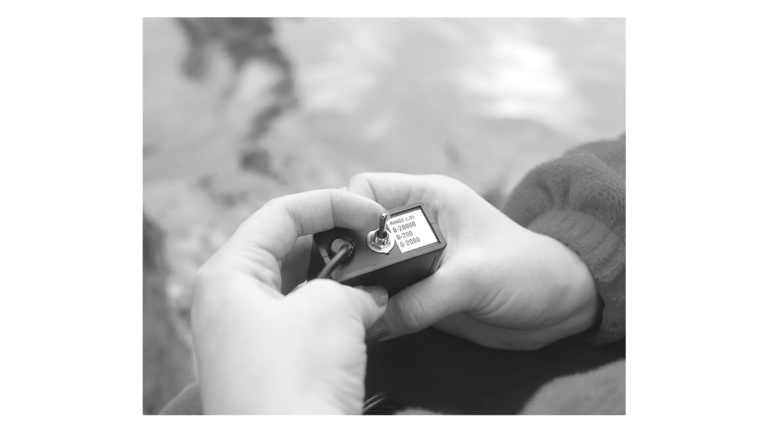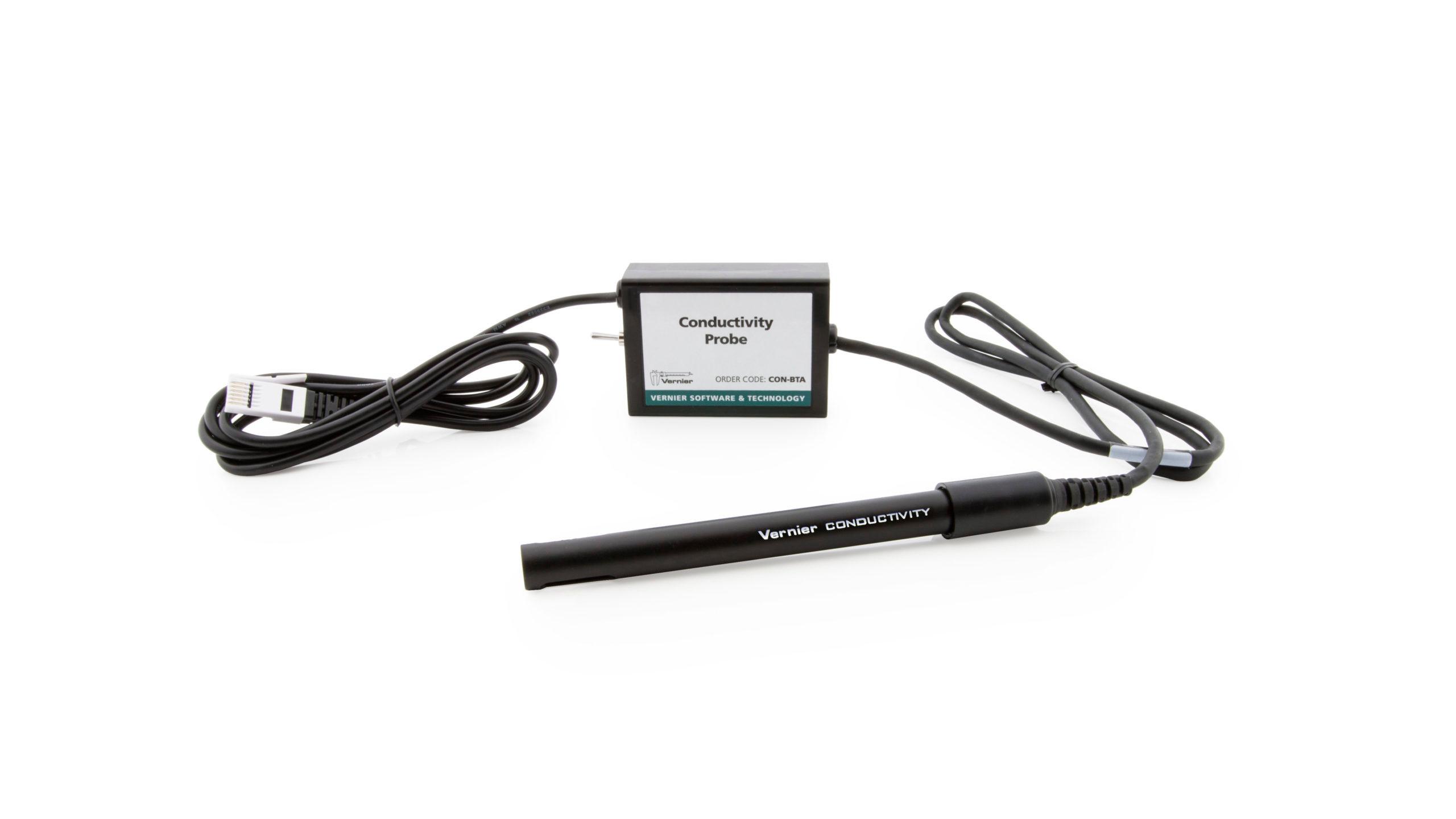Investigating Salinity
Experiment #7 from Investigating Environmental Science through Inquiry
- Subject
- Environmental Science

Introduction
Salinity is a measurement of the saltiness or concentration of salt in water. Ocean water contains many different salts, but the most abundant is sodium chloride, also know as table salt. Sodium chloride accounts for about 86% of all the ions present in ocean water. Other salts that can be found in ocean water at significant levels are calcium chloride and magnesium chloride.
While the average salinity of ocean water is 35 ppt (parts per thousand) of salt dissolved in water, there are several factors that can increase or decrease its salinity. At the polar regions, freezing of ocean water increases the salinity of the surrounding water. Evaporation in hot, arid regions also increases the salinity. The Dead Sea, located in Israel, has salinity nearly seven times that of most ocean water. At the ocean’s surface, rain, snow, and melting ice are all responsible for decreasing the salinity. As rivers enter the ocean, they carry large volumes of fresh water into the ocean, causing salinity to decrease.
Objectives
In the Preliminary Activity, you will gain experience using a Conductivity Probe while determining the salinity of a saltwater sample provided by your teacher.
After completing the Preliminary Activity, you will first use reference sources to find out more about salinity before you choose and investigate a researchable question dealing with that subject.
Sensors and Equipment
This experiment features the following sensors and equipment. Additional equipment may be required.
Ready to Experiment?
Ask an Expert
Get answers to your questions about how to teach this experiment with our support team.
- Call toll-free: 888-837-6437
- Chat with Us
- Email support@vernier.com
Purchase the Lab Book
This experiment is #7 of Investigating Environmental Science through Inquiry. The experiment in the book includes student instructions as well as instructor information for set up, helpful hints, and sample graphs and data.


